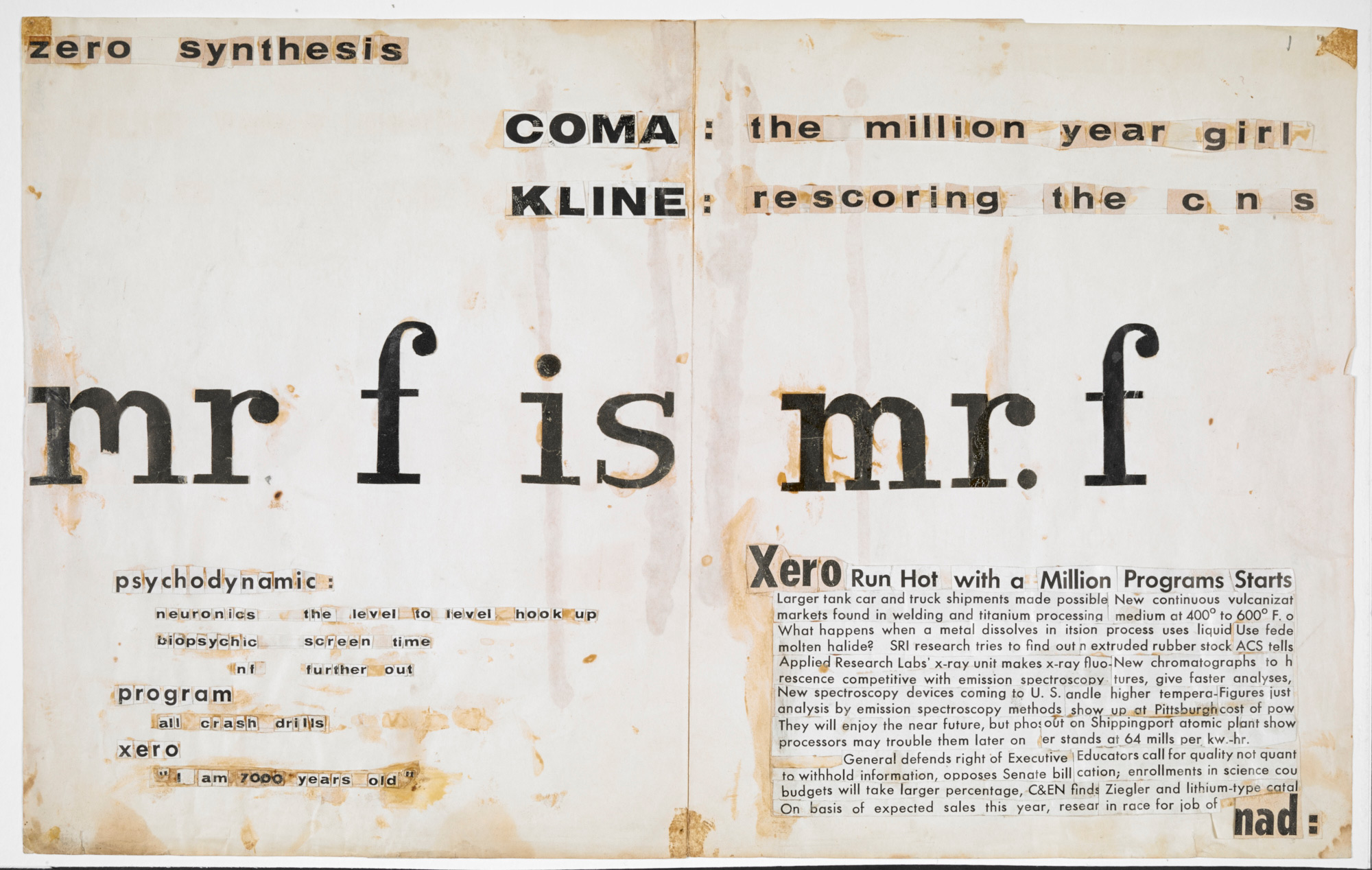
Image by Carlos Delgado, via Wikimedia Commons
For the past ten years, we’ve been busy rummaging around the internet and adding courses to an ever-growing list of Free Online Courses, which now features 1,250+ courses from top universities. Let’s give you the quick overview: The list lets you download audio & video lectures from schools like Stanford, Yale, MIT, Oxford and Harvard. Generally, the courses can be accessed via YouTube, iTunes or university web sites, and you can listen to the lectures anytime, anywhere, on your computer or smart phone. We haven’t done a precise calculation, but there’s about 40,000 hours of free audio & video lectures here. Enough to keep you busy for a very long time.
Right now you’ll find 146 free philosophy courses, 88 free history courses, 125 free computer science courses, 78 free physics courses and 55 Free Literature Courses in the collection, and that’s just beginning to scratch the surface. You can peruse sections covering Astronomy, Biology, Business, Chemistry, Economics, Engineering, Math, Political Science, Psychology and Religion.
Here are some highlights from the complete list of Free Online Courses. We’ve added a few unconventional/vintage courses in the mix just to keep things interesting.
- A Romp Through Ethics for Complete Beginners - Free iTunes Video – Free Online Video – Free Online Audio – Marianne Talbot, Oxford University
- Against All Odds: Inside Statistics – Free Online Video – Pardis Sabeti, Harvard
- Ancient Greek History — Free Online Video — Free iTunes Audio — Free iTunes Video — Course Materials — Donald Kagan, Yale
- Creative Reading and Writing by William S. Burroughs — Free Online Audio — Naropa University
- Critical Reasoning for Beginners - Free iTunes Video – Free iTunes Audio – Free Online Video & Audio – Marianne Talbot, Oxford
- Developing iOS 9 Apps with Swift – Free iTunes Video — Paul Hegarty, Stanford
- Edible Education 101 – Free Online Video – Michael Pollan, UC Berkeley
- Financial Markets — Free Online Video — Free iTunes Audio — Free iTunes Video — Course Materials — Robert Shiller, Yale
- Growing Up in the Universe – Free Online Video – Richard Dawkins, Oxford
- The Habitable Planet: A Systems Approach to Environmental Science – Free Online Video — Harvard/Smithsonian
- Harvard’s Introduction to Computer Science – Various Formats – David Malan, Harvard
- Hemingway, Fitzgerald, Faulkner – Free Online Video – Free iTunes Audio – Course Materials – Wai Chee Dimock, Yale
- Heidegger’s Being & Time – Free Online Audio — Hubert Dreyfus, UC Berkeley
- Human Behavioral Biology – Free iTunes Video – Free Online Video – Robert Sapolsky, Stanford
- Introduction to the Old Testament (Hebrew Bible) – Free Online Video — Christine Hayes, Yale.
- Introduction to Visual Studies – Free iTunes iOS App — Anna Divinsky, Penn State
- Invitation to World Literature – Free Online Video — David Damrosch, Harvard
- Philosophy of Language – Free Online Audio – John Searle, UC Berkeley
- Physics for Future Presidents – Free Online Video – Richard Muller, UC Berkeley
- Quantum Electrodynamics – Free Online Video - Richard Feynman, Presented at University of Auckland
- Science and Cooking: From Haute Cuisine to the Science of Soft Matter — Free Online Video — Free iTunes Video — Course Info — Team taught, Harvard
- Shakespeare After All: The Later Plays – Free Online Video – Marjorie Garber, Harvard
- Speak Italian with Your Mouth Full - Free Online Video & Course Info — Free Online Video - Free iTunes Video — MIT, Dr. Paola Rebusco
- The American Novel Since 1945 – Free Online Video – Free iTunes Audio – Free iTunes Video — Download Course – Amy Hungerford, Yale
- The Central Philosophy of Tibet — Free Online Audio – Robert Thurman, Columbia University
- The Character of Physical Law (1964) - Free Online Video — Richard Feynman, Cornell
- The Hobbit – Free iTunes Video – More – Corey Olsen, Washington College
- The Tempest - Free Online Audio — Allen Ginsberg, Naropa
- Walter Kaufmann Lectures on Nietzsche, Kierkegaard and Sartre — Free Online Audio
The complete list of courses can be accessed here: 1,700 Free Online Courses from Top Universities.
Related Content:
1,000 Free Audio Books: Download Great Books for Free.
800 Free eBooks for iPad, Kindle & Other Devices.
4,000+ Free Movies Online: Great Classics, Indies, Noir, Westerns, Documentaries & More.
Learn 48 Languages Online for Free: Spanish, Chinese, English & More.





